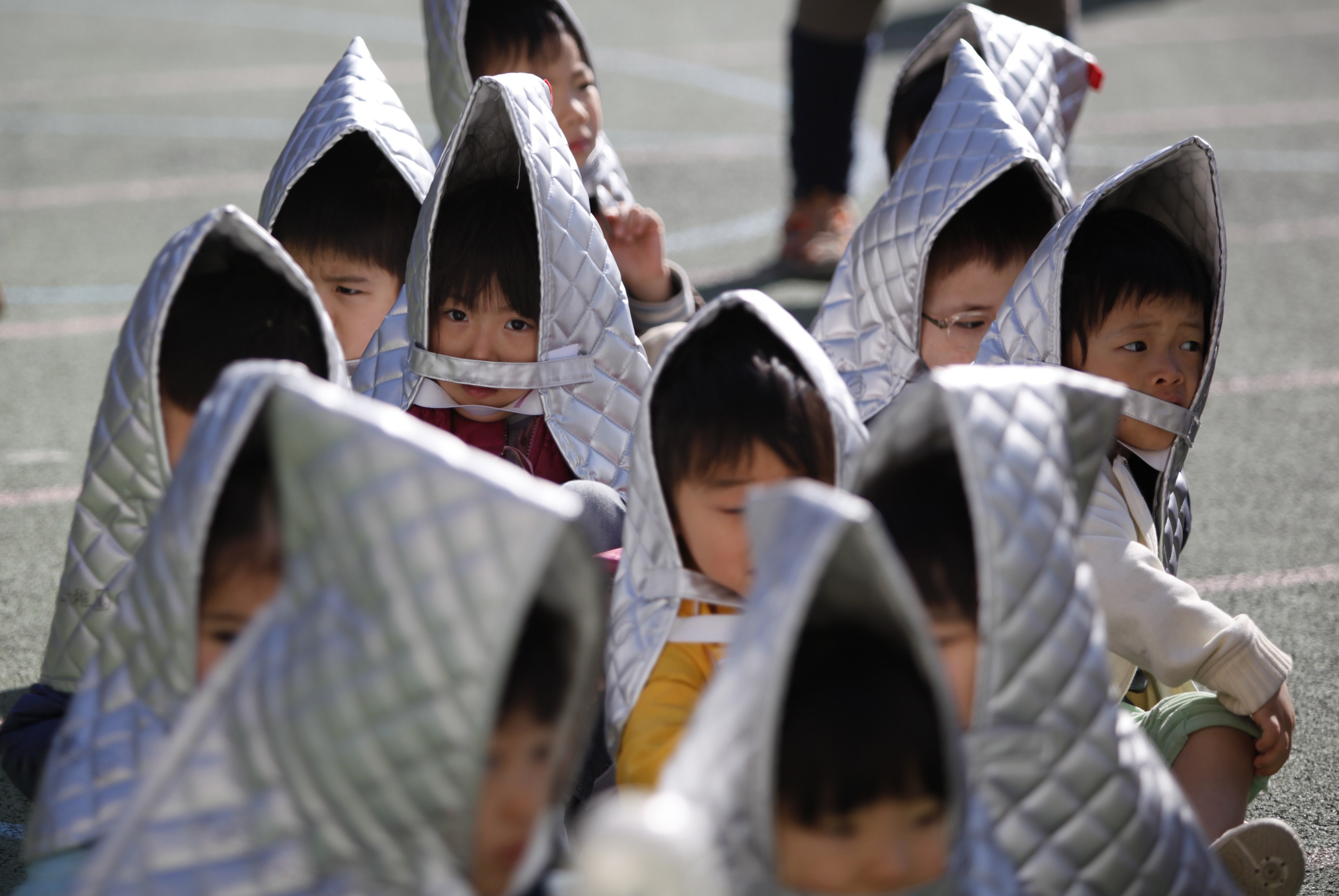You've probably noticed that September is the month of bōsai (防災, disaster prevention). Schools and companies hold drills, TV news programs tell you repeatedly to check that your kinkyū hinan baggu (緊急避難バッグ, emergency pack) is stocked and ready. In homes, married couples have conversations (or arguments) about where the flashlight is, why it's not always in the same place, and whose fault that is. It's a Japanese couples thing.
Long before the triple calamities of March 11, 2011, Japan as a nation had been disaster-prone — a historical, ancestral fact of life that has made the Japanese hyper-hazard-conscious. Consider the word saigai (災害, disaster), comprised of the kanji characters wazawai (災い, mishap or bad luck) and gai (害, hazard).
The Japanese disaster comes in many forms, and saigai include tensai (天災, literally, heaven-sent disasters — i.e., natural ones) like jishin (地震, earthquakes), kōzui (洪水, floods) and kaji (火事, fires). On a smaller scale, there's the roster of small catastrophes called sainan (災難); these include everything from mushisasare (虫さされ, mosquito bites) and hage (ハゲ, losing your hair) to wakare (別れ, break-ups), rikon (離婚, divorce) and other relationship troubles.



















With your current subscription plan you can comment on stories. However, before writing your first comment, please create a display name in the Profile section of your subscriber account page.